Related Research Articles
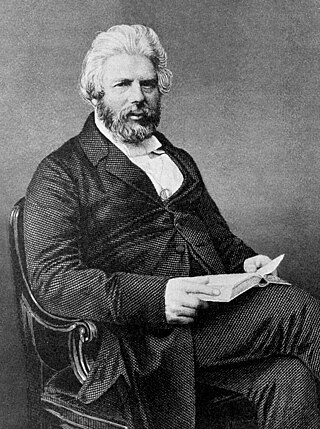
Robert Chambers was a Scottish publisher, geologist, evolutionary thinker, author and journal editor who, like his elder brother and business partner William Chambers, was highly influential in mid-19th-century scientific and political circles.
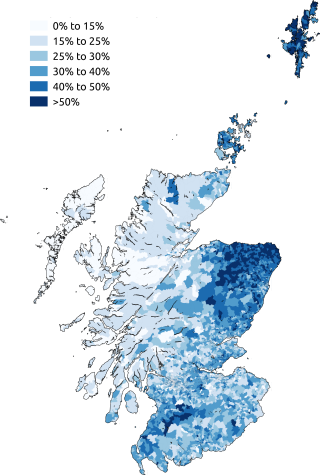
Scots is an Anglic language variety in the West Germanic language family, spoken in Scotland and parts of Ulster in the north of Ireland. Most commonly spoken in the Scottish Lowlands, Northern Isles, and northern Ulster, it is sometimes called Lowland Scots to distinguish it from Scottish Gaelic, the Goidelic Celtic language that was historically restricted to most of the Scottish Highlands, the Hebrides, and Galloway after the sixteenth century; or Broad Scots to distinguish it from Scottish Standard English. Modern Scots is a sister language of Modern English, as the two diverged independently from the same source: Early Middle English (1100–1300).

Archibald David Constable was a Scottish publisher, bookseller and stationer.

Allan Ramsay was a Scottish poet, playwright, publisher, librarian and impresario of early Enlightenment Edinburgh. Ramsay's influence extended to England, foreshadowing the reaction that followed the publication of Percy's Reliques. He was on close terms with the leading men of letters in Scotland and England. He corresponded with William Hamilton of Bangour, William Somervile, John Gay and Alexander Pope.
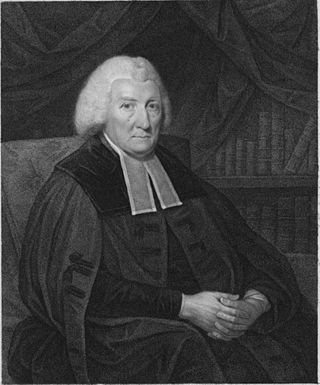
Hugh Blair FRSE was a Scottish minister of religion, author and rhetorician, considered one of the first great theorists of written discourse.

Scottish literature is literature written in Scotland or by Scottish writers. It includes works in English, Scottish Gaelic, Scots, Brythonic, French, Latin, Norn or other languages written within the modern boundaries of Scotland.

George Buchanan was a Scottish historian and humanist scholar. According to historian Keith Brown, Buchanan was "the most profound intellectual sixteenth century Scotland produced." His ideology of resistance to royal usurpation gained widespread acceptance during the Scottish Reformation. Brown says the ease with which King James VII was deposed in 1689 shows the power of Buchananite ideas.
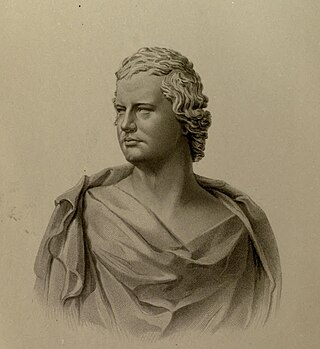
William Edmondstoune "W. E." Aytoun FRSE was a Scottish poet, lawyer by training, and professor of rhetoric and belles lettres at the University of Edinburgh. He published poetry, translation, prose fiction, criticism and satire and was a lifelong contributor to the Edinburgh literary periodical Blackwood's Magazine. He was also a collector of Scottish ballads.
The Scottish Renaissance was a mainly literary movement of the early to mid-20th century that can be seen as the Scottish version of modernism. It is sometimes referred to as the Scottish literary renaissance, although its influence went beyond literature into music, visual arts, and politics. The writers and artists of the Scottish Renaissance displayed a profound interest in both modern philosophy and technology, as well as incorporating folk influences, and a strong concern for the fate of Scotland's declining languages.
James Anderson was a Scottish writer and minister born and educated in Aberdeen, Scotland. He was ordained a minister in the Church of Scotland in 1707 and moved to London, where he ministered to the Glass House Street congregation until 1710, to the Presbyterian church in Swallow Street until 1734, and at Lisle Street Chapel until his death. He is reported to have lost a large sum of money in the South Sea Company crash of 1720. Anderson is best known for his association with Freemasonry.

Annie Shepherd Swan, CBE was a Scottish journalist and fiction writer. She wrote mainly in her maiden name, but also as David Lyall and later Mrs Burnett Smith. A writer of romantic fiction for women, she had over 200 novels, serials, stories and other fiction published between 1878 and her death. She has been called "one of the most commercially successful popular novelists of the later nineteenth and early twentieth centuries". Swan was politically active in the First World War, and as a suffragist, a Liberal activist and founder-member and vice-president of the Scottish National Party.
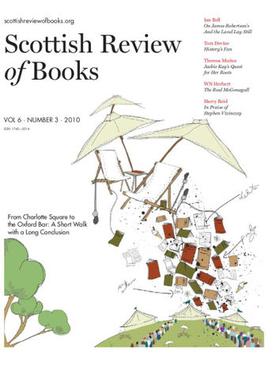
The Scottish Review of Books was a quarterly literary magazine published in Scotland. It was established in October 2004 with the support of the Scottish Arts Council. In 2009 it became a limited company with a board of directors, Scottish Review of Books Limited. It published articles by many distinguished contributors and commentators. The Review reached a circulation of around 320,000 copies per year. It closed in 2019 after funding was withdrawn.

William Greenfield FRSE was a Scottish minister, professor of rhetoric and belles lettres, literary critic, reviewer, and author whose clerical career ended in scandal, resulting in him being excommunicated from the Church of Scotland, having his university degrees withdrawn, and his family assuming his wife's patronymic Rutherfurd.

Romanticism in Scotland was an artistic, literary and intellectual movement that developed between the late eighteenth and the early nineteenth centuries. It was part of the wider European Romantic movement, which was partly a reaction against the Age of Enlightenment, emphasising individual, national and emotional responses, moving beyond Renaissance and Classicist models, particularly into nostalgia for the Middle Ages. The concept of a separate national Scottish Romanticism was first articulated by the critics Ian Duncan and Murray Pittock in the Scottish Romanticism in World Literatures Conference held at UC Berkeley in 2006 and in the latter's Scottish and Irish Romanticism (2008), which argued for a national Romanticism based on the concepts of a distinct national public sphere and differentiated inflection of literary genres; the use of Scots language; the creation of a heroic national history through an Ossianic or Scottian 'taxonomy of glory' and the performance of a distinct national self in diaspora.

Literature in early modern Scotland is literature written in Scotland or by Scottish writers between the Renaissance in the early sixteenth century and the beginnings of the Enlightenment and Industrial Revolution in mid-eighteenth century. By the beginning of this era Gaelic had been in geographical decline for three centuries and had begun to be a second class language, confined to the Highlands and Islands, but the tradition of Classic Gaelic Poetry survived. Middle Scots became the language of both the nobility and the majority population. The establishment of a printing press in 1507 made it easier to disseminate Scottish literature and was probably aimed at bolstering Scottish national identity.

Poetry of Scotland includes all forms of verse written in Brythonic, Latin, Scottish Gaelic, Scots, French, English and Esperanto and any language in which poetry has been written within the boundaries of modern Scotland, or by Scottish people.

Scottish literature in the eighteenth century is literature written in Scotland or by Scottish writers in the eighteenth century. It includes literature written in English, Scottish Gaelic and Scots, in forms including poetry, drama and novels. After the Union in 1707 Scottish literature developed a distinct national identity. Allan Ramsay led a "vernacular revival", the trend for pastoral poetry and developed the Habbie stanza. He was part of a community of poets working in Scots and English who included William Hamilton of Gilbertfield, Robert Crawford, Alexander Ross, William Hamilton of Bangour, Alison Rutherford Cockburn, and James Thomson. The eighteenth century was also a period of innovation in Gaelic vernacular poetry. Major figures included Rob Donn Mackay, Donnchadh Bàn Mac an t-Saoir, Uillean Ross and Alasdair mac Mhaighstir Alasdair, who helped inspire a new form of nature poetry. James Macpherson was the first Scottish poet to gain an international reputation, claiming to have found poetry written by Ossian. Robert Burns is widely regarded as the national poet.
Events from the year 1817 in Scotland.

Robert Traill was a church minister at Cranbrook in Kent. He was born at Elie in Fife in 1642. He was incarcerated on the Bass Rock, an island in the Firth of Forth from July 19, 1677 to October 5, 1677. His work was often quoted by J. C. Ryle and is still published in the 21st century.
References
- ↑ "The world's oldest magazine still being published". www.allmediascotland.com. 28 March 2012. Archived from the original on 14 September 2018. Retrieved 20 July 2015.
- ↑ A. W. Ward: The Cambridge History of English Literature, Volume 9, 2009, p. 614
- 1 2 Trevor Royle (1984). "Scots Magazine and General Intelligencer". Macmillan Companion to Scottish Literature. Macmillan International Higher Education. p. 258. ISBN 978-1-349-07587-4.
- ↑ "On this day 1739: Scots Magazine first published". The Scotsman . 9 February 2015. Retrieved 20 July 2015.
- ↑ "The Scots Magazine".